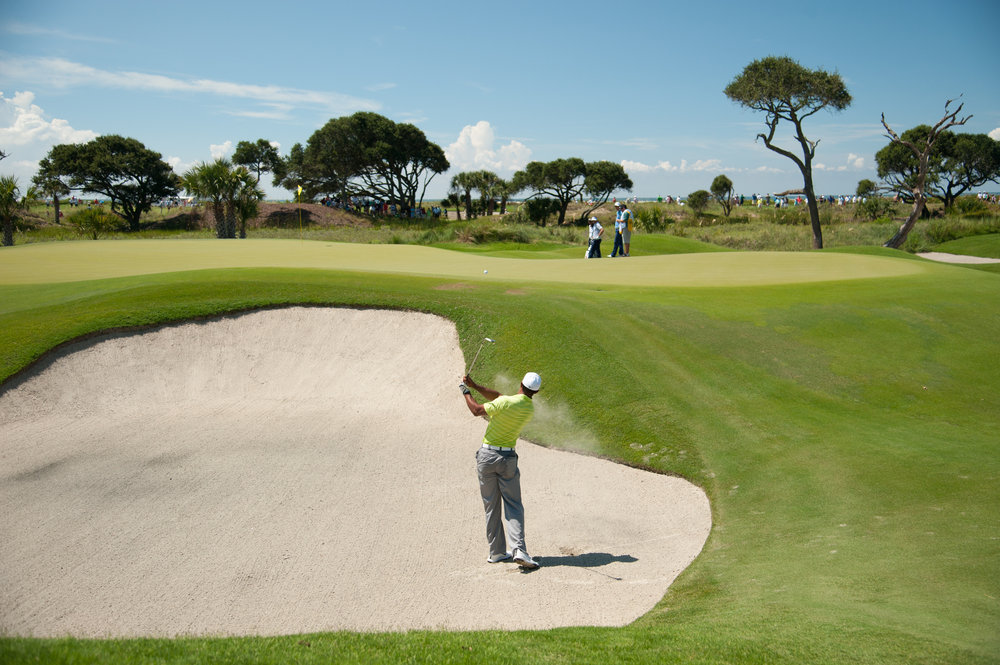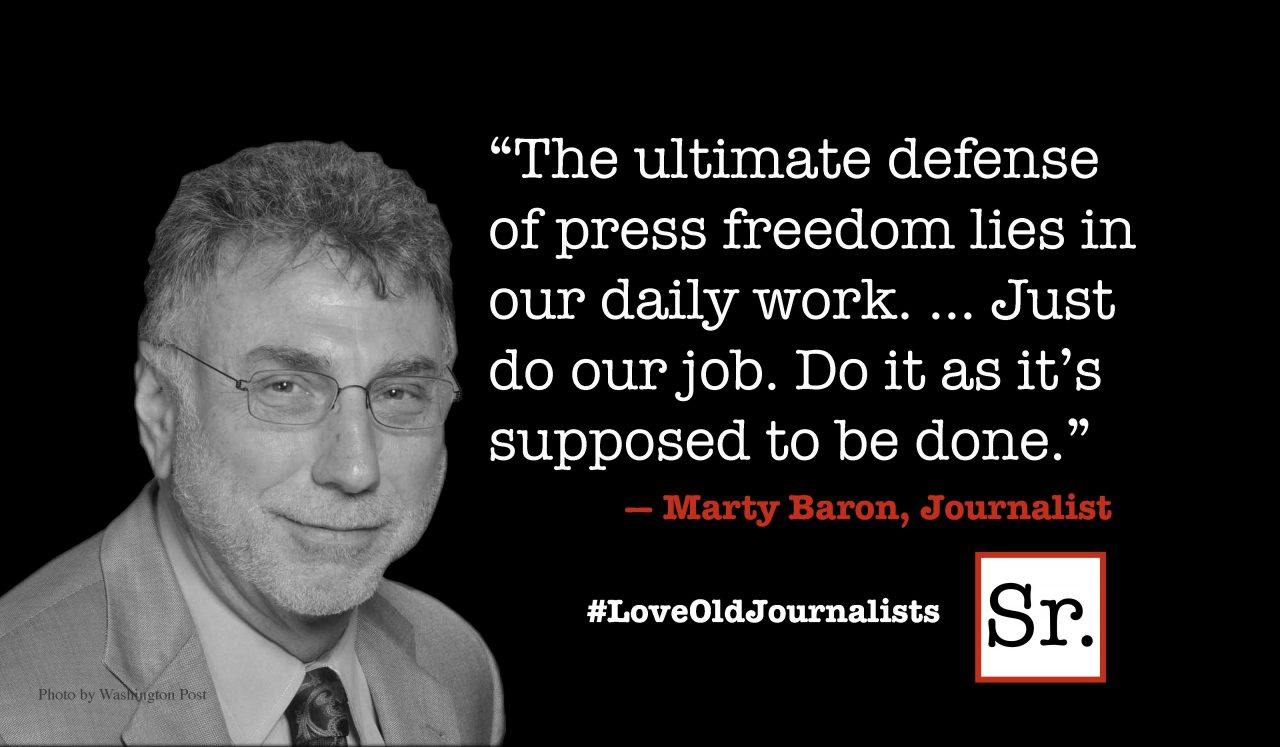It’s double-eagle rare when the last of golf’s four annual major tournaments emerges as the most compelling, but the often overlooked PGA Championship could claim that distinction in 2012.
Two specific factors create that possibility:
1. PLAYING SITE
The majestic Ocean Course at Kiawah Island (S.C.) can be among the most demanding, certainly most unpredictable, golf challenges in the world.
When the PGA starts Thursday (Aug. 9), players will confront a par-72 Pete Dye creation that can be arranged to play up 7,700 yards.
But if the wind happens to be sweeping off the adjacent Atlantic Ocean at speeds in excess of 20 miles per hour, yardage markers will be entirely irrelevant. Wacky, punishing ball flights will be far more common than three-putts. Kiawah’s gusty, fickle winds give the Ocean Course a nasty side rarely seen in American golf.
When the late Seve Ballesteros first played the Ocean Course amid brisk, volatile winds in 1991, he called the layout “brutal, just brutal. Absolutely brutal.”
Raymond Floyd, who won the Masters in 1976, the U.S. Open in 1986 and two PGA Championships (1969 and 1982), said of the Ocean Course: “It can be so hard it's unbelievable. If you had to play this golf course with a scorecard, I don't see how you could finish."
Television analyst David Feherty put it another way: “It’s harder than [fellow commentator] Gary McCord’s forehead … The thing I liked best about the course was finishing it.”
The course officially opened in 1991, shortly before it hosted the Ryder matches. I’ve played it several times. Each round was memorable but none more so than my first adventure in May of 1993.
There was little or no wind when my group teed off shortly after 9 a.m. Given the course’s reputation, I was thrilled after pars at the first two holes. I wound up shooting 111 — as in one hundred and eleven. It was the only time in my life that I had three ones on a scorecard.
When we got to the third hole, the wind started whipping in what seemed to be two directions at once. The four guys in my group, one was a 3-handicapper, did not par another hole on the front nine. The 3-handicapper turned out to be our medalist with an 89. He one-putted No. 18 from about 20 feet to break 90, and called it the finest round of his life. No one else broke 105.
Advances in ball design and club-head thrust have changed the sport radically since the Ocean Course bewildered those Ryder Cup players in 1991, but even modern equipment will be tested if the weekend is windy.
Golf Digest Magazine rates the Ocean Course No. 26 nationally, one notch ahead of 2012 Open host The Olympic Club Lake Course in San Francisco and 10 spots ahead of New York’s Bethpage Black, which has hosted two Opens. Famed Pinehurst No. 2, which will host its third Open in 2014, is No. 37 on the Golf Digest list.
Much of the Ocean Course consists of primitive waste bunkers, vast stretches of marsh grass and long, hilly fairways.
The wildlife can be spectacular. Dangerously spectacular. There are several alligators on Kiawah Isle, and many of them lounge about the Ocean Course.
2. WOODS WATCH
If the Ocean Course itself doesn’t steal the 2012 Majors show, the attention devoted to Tiger Woods’ PGA fate will.
Although the sport’s most famous player was in contention at the U.S. Open and British Open, Woods will arrive at the PGA still striving to win his first Major since the 2008 U.S. Open at Torrey Pines in La Jolla, Calif.
Having won three times so far this year on the PGA Tour, Woods has moved back to No. 2, behind Luke Donald, on the world rankings list.
But Woods has always measured himself primarily by Majors victories and his relentless quest to surpass Jack Nicklaus’ record of 18. Woods has 14, including four PGA Championships, but there’s no question that his torrid win pace of the late ‘90s and early ‘00s has ebbed.
Injuries, marital problems and a new wave of plucky young players have combined to alter the Tiger dynamic. And to some degree, Woods is beginning to look and sometimes play old.
Once a deadly putter and a peerless short-iron artist, Woods is no longer the world’s unrivaled king from 150 yards through the green.
If this PGA passes without a Woods victory, he will turn 37 (Dec. 30) months before there will be another chance for a Major win, the 2013 Masters (April 11-14).
In the final round of July’s British Open at Royal Lytham & St. Anne's, Woods shot a three-over-par 75 and watched as 42-year-old Ernie Els closed with a 68 and the fourth Majors win of his career.
Woods left the British expressing optimism. But keep in mind that he said much the same thing after closing rounds of 75 and 73 in June’s U.S. Open.
In April’s Masters, Woods was match par (72) twice and closed with 74 on Sunday.
• • •
Here’s the television coverage schedule:
•Thursday, Aug. 9
1-7 p.m. (TNT)
•Friday, Aug. 10
1-7 p.m. (TNT)
•Saturday, Aug. 11
11 a.m.-2 p.m. (TNT)
2-7 p.m. (CBS)
•Sunday, AUG. 12
11 a.m.-2 p.m. (TNT)
2 p.m.-7 p.m. (CBS)
• • •
In the event of a playoff, here is the PGA Championship format:
Three holes of aggregate stroke play.
Low score after three holes wins.
If two or more players are tied following three holes, they continue in a sudden death format until a winner emerges.
The three playoff holes will be determined by the PGA by Thursday.









